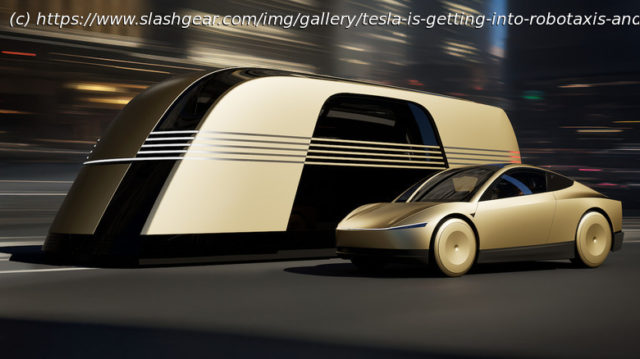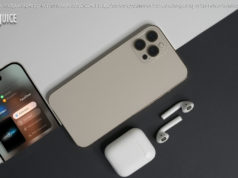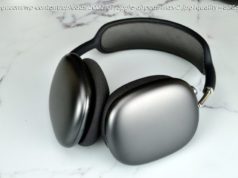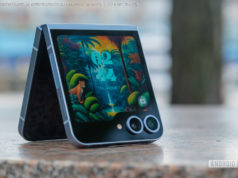Tesla’s Cybercab is real, or at least so Elon Musk claims. But can the EV-maker successfully bring it – and the Robovan – to market?
Elon Musk has unveiled Tesla’s new autonomous “Cybercab.” The robo-taxi was first announced on Twitter around the same time it was revealed that plans for the Model 2, a more affordable Tesla, were canceled. Musk originally claimed the Robotaxi would be revealed on August 8, but that was eventually pushed back to October 10.
As described by Musk, the Tesla Cybercab will be a Level 4 self-driving vehicle. No steering wheel or pedals are present, so a person couldn’t take physical control even if they wanted to. However, as it is running on an upcoming version of Tesla’s FSD software, the Model 3 and Model Y will supposedly have the same capabilities. According to Musk, the FSD update in question will roll out next year, and Tesla expects it to initially function in Texas and California.
The Cybercab itself looked pretty sleek, and similar to what the Model 2 was allegedly going to look like. There were also some, admittedly less polygonal, elements of Cybertruck in there, along with a sporty set of butterfly doors. Inside, in addition to just two seats (complete with cupholders) there’s a single, central touchscreen. A Tesla Robovan promises autonomy for up to twenty
There were 20 Cybercabs on site, Musk claimed, so it’s safe to assume there are at least 20 prototypes in existence so far. Musk also unveiled a “Robovan” capable of carrying up to 20 people or transporting goods through densely populated areas; the large, striking vehicle could also be used as a mobile store or food truck, it was suggested.
In terms of cost, Musk estimated that current taxis cost around a dollar per mile of transportation, whereas the Cybercab would cost around 20 cents per mile at a basic level, and 30-40 once taxes and other costs were factored in. The “Robovan” is even cheaper, costing as little as $0.10, presumably per passenger, per mile.
It all looks good on paper, but if other robotaxi-based ventures, and Tesla’s own FSD experiences, are anything to go by–things aren’t going to be that straightforward.






